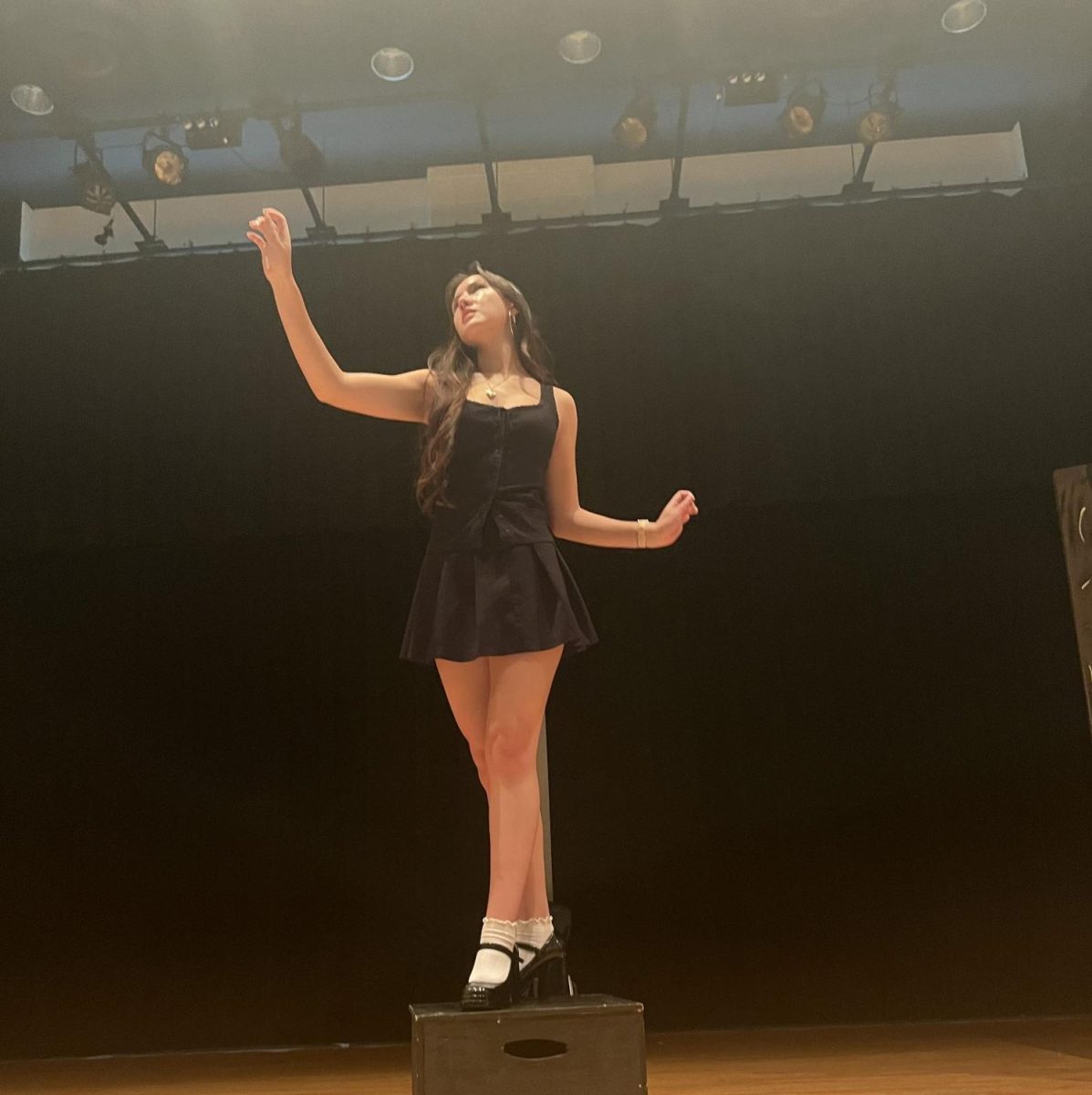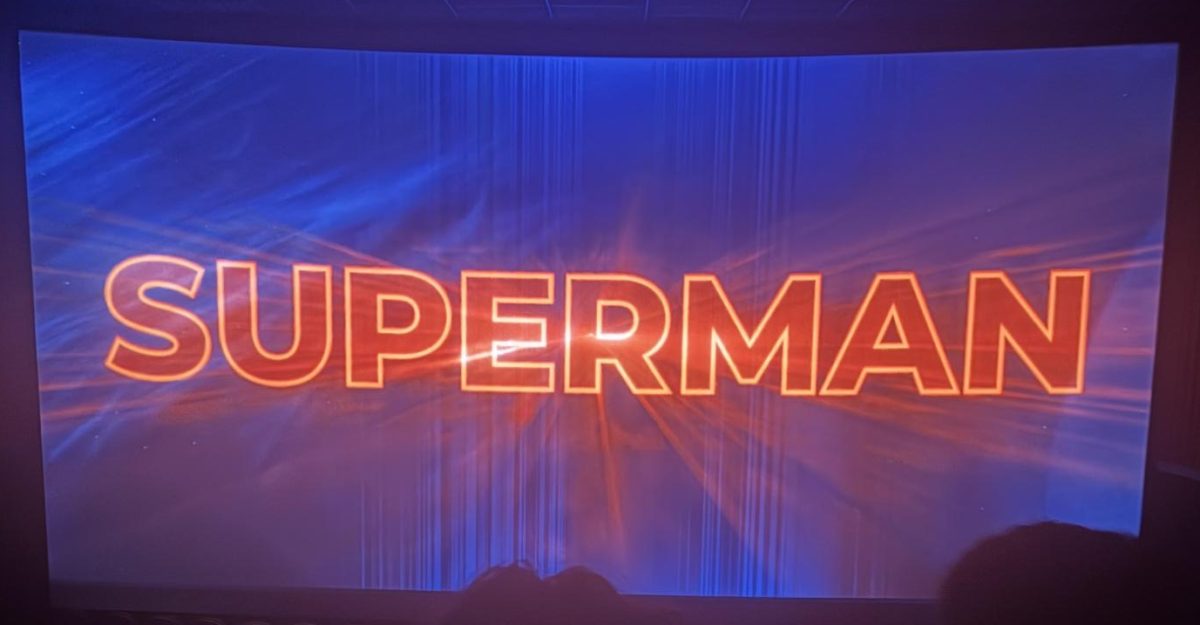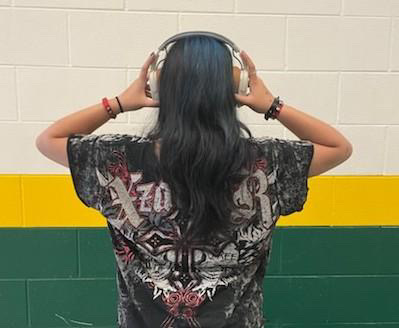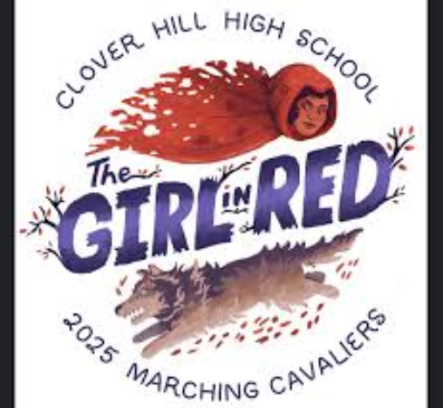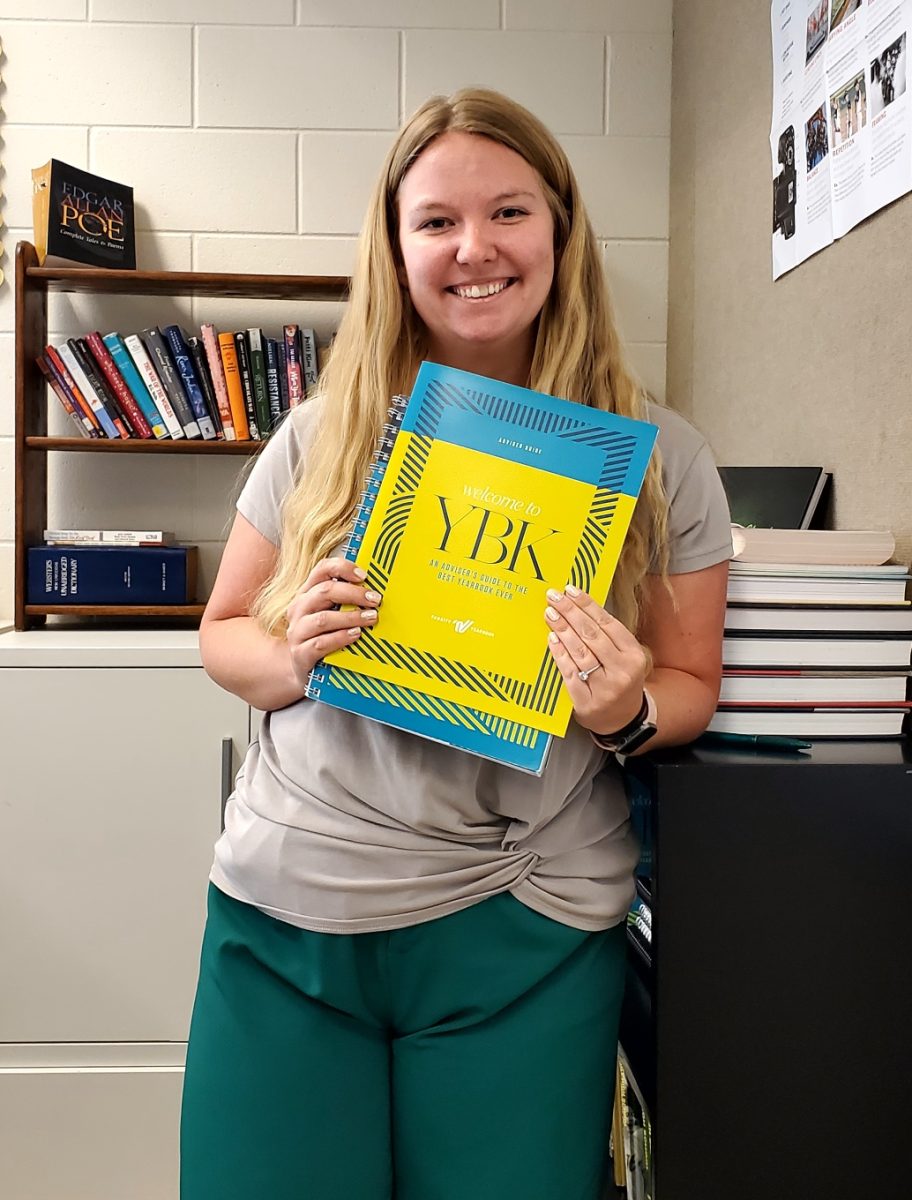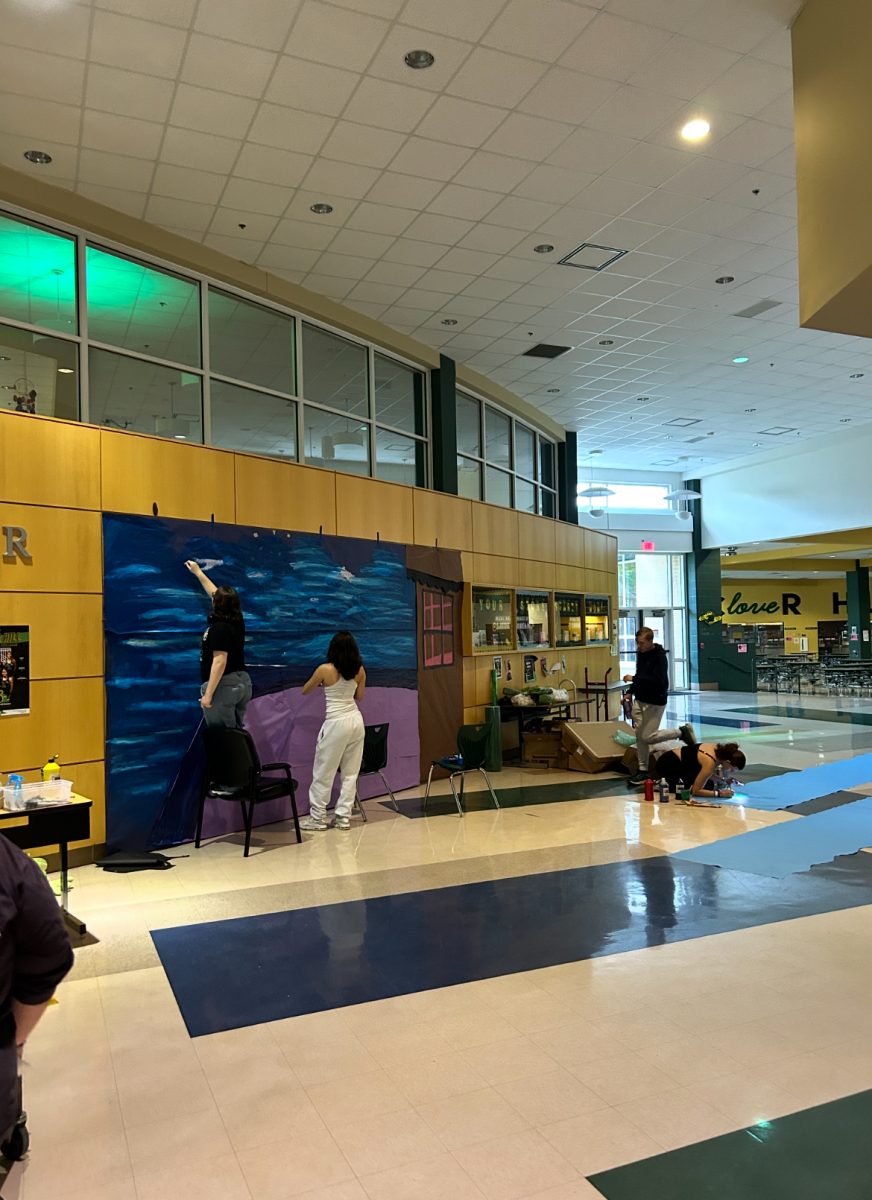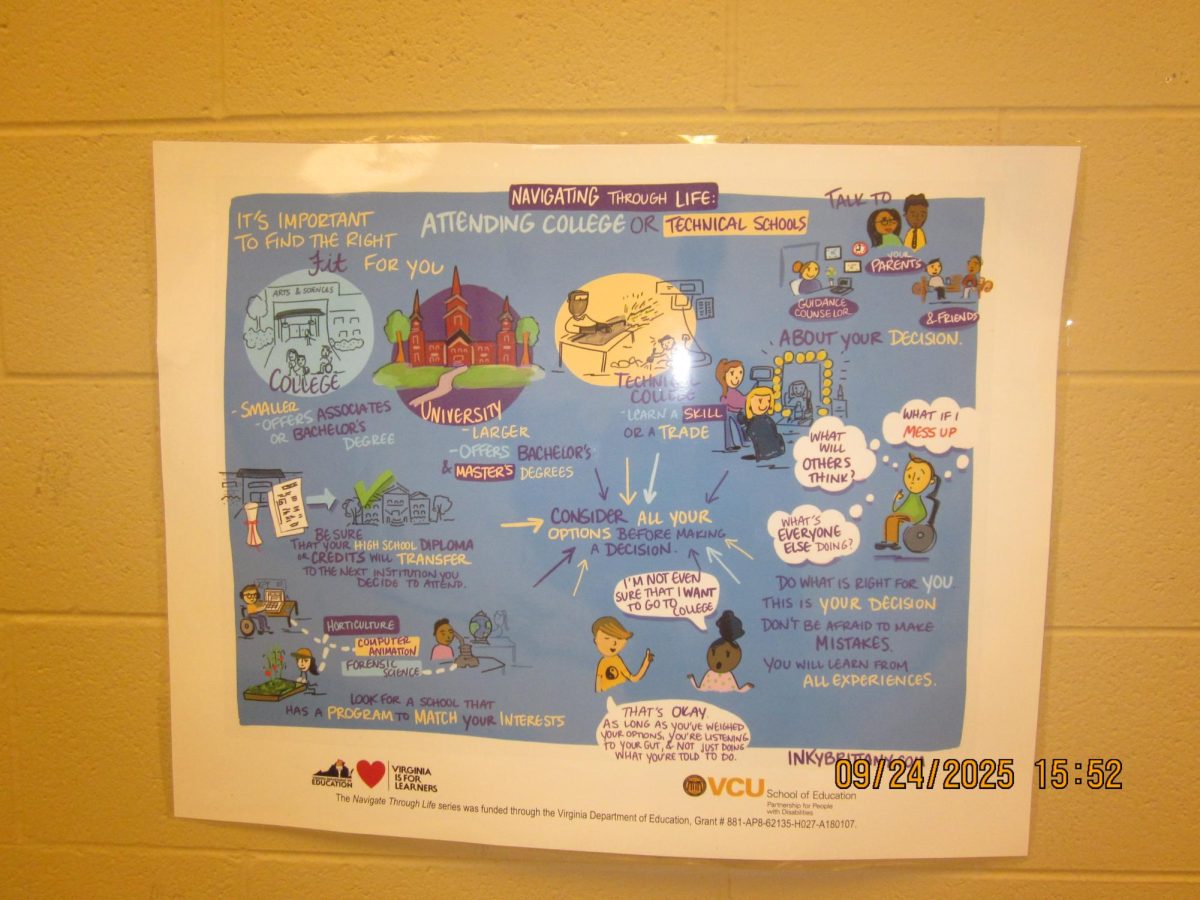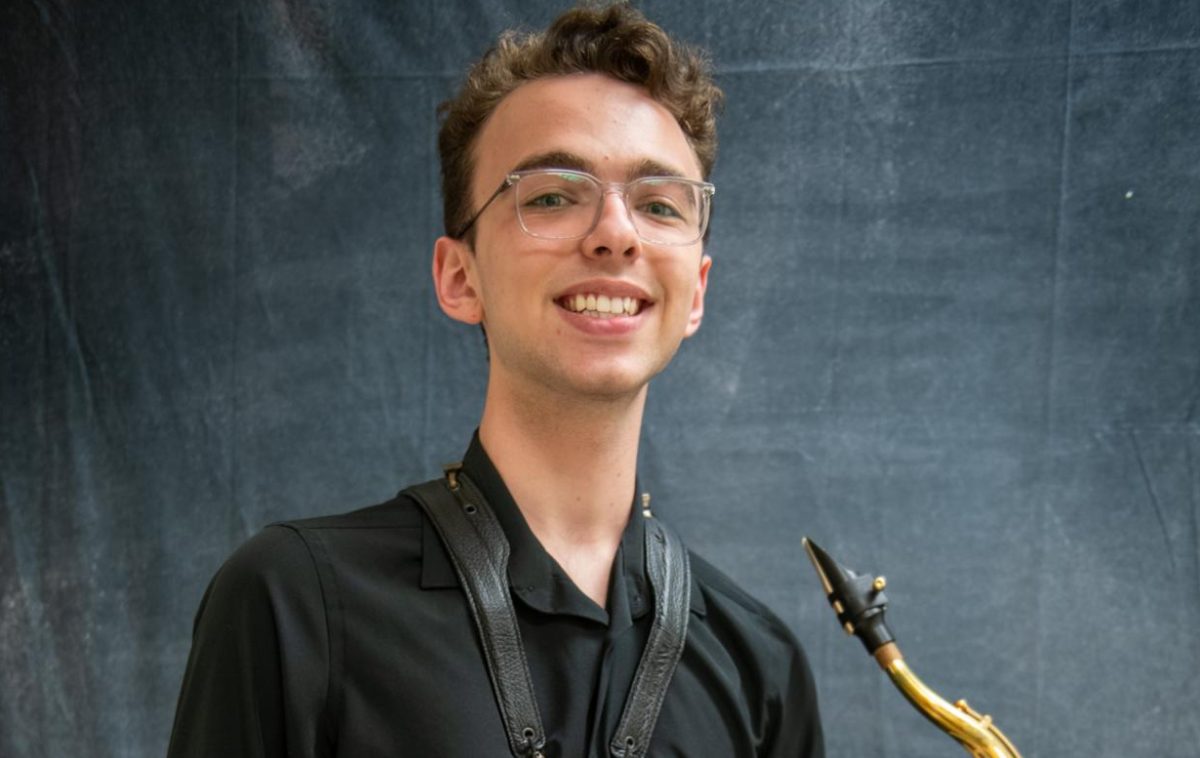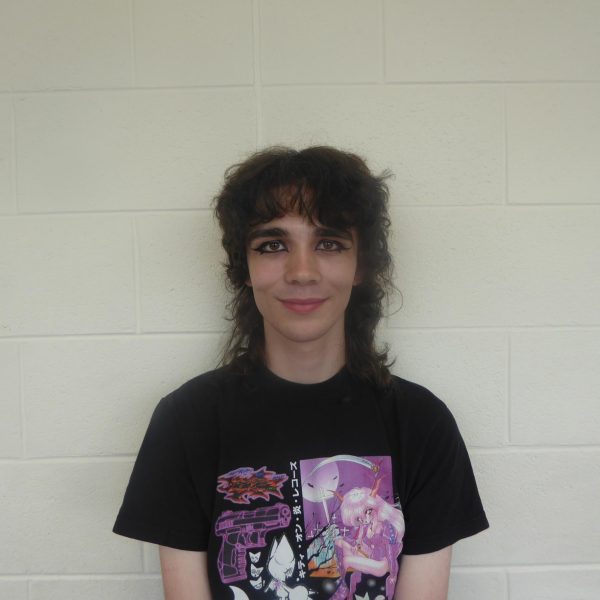More than a decade has passed since one of our generation’s most unique and bizarre music genres was first dreamed up by experimental pop artists and began to circulate through unseen internet chatrooms. When the pandemic hit, hyperpop exploded on platforms like Spotify and TikTok and reached online teenagers around the world with its electronic and avant-garde take on popular culture.
It would only be another two years before magazines and music reviewers proclaimed the genre dead, citing influential figures like glaive, who told the magazine VICE that he was “working on killing it.” Despite its supposed fall into oblivion, the movement is shockingly persistent, if ever difficult to define – so what happened to hyperpop?
The genre has some inherent flaws. One is that nobody really knows what hyperpop is. It is distinguished by its wildly eclectic nature and resistance to classification and yet we still try to use the term “hyperpop” to categorize and sell music that sounds nothing alike. It also contradicts itself at times because it rejects the idea that artists should strive to be popular, and yet songs like ElyOtto’s “SugarCrash!” or the album Brat by Charli XCX have had moments in the spotlight. Hyperpop is music that is meant to be undefinable, created in a world that can’t help but define it.
Despite its emphasis on computer-generated sounds and its tendency to distort vocals beyond recognition, hyperpop has always been about a kind of authenticity that today’s world abhors. As soon as it became a popular marketable product, the need to treat it as a coherent genre with defined traits effectively killed the movement’s soul. When it is packaged and sold by a company rather than quietly shared around Discord, hyperpop loses its ability to explore new sounds and to subvert our ideas of what music can be. That is why so many of its most important artists, from quinn to Charli XCX, rejected the label on a large scale around 2022, instead opting to treat their music as something that exists outside of genres. Now that listeners are once again unsure of what it is, this ecosystem of Gen Z artists posting electronic music on the internet has started to thrive again.
Some of the movement’s pioneers from the previous era are still around and better than ever. In February of this year, hyperpop duo food house released their first album since their debut five years ago. Titled two house, it has a production style shockingly reminiscent of a time when hyperpop was first solidifying as a genre. However, rather than a nostalgia-fueled attempt at resurrecting the pandemic era, two house feels like an act of defiance against the mainstream’s attempt to commercialize, sell, and then throw away their music. The duo uses it as an opportunity to criticize the way hyperpop has been treated by the music industry several times, like in their song “Jumpin the Cacc,” when the lead singer Fraxiom says, “They say that hyperpop is out of style/They want me to grow up and go acoustic/I said, ‘Do you even like music?’”
The genre itself, just like its frenetic production style, changes faster than can be predicted or documented. Networks of friends, young people who have never made music before, have many times spawned entire new subgenres from inside their bedrooms. These unique styles, created in between Minecraft sessions and Discord calls, are what have truly thrived in the wake of hyperpop’s apparent collapse.
“Digicore,” a subgenre that takes more influence from rap than pop and often adopts a somewhat darker tone than its predecessor, has been steadily growing in the last few years as it develops its unique and unashamedly digital sound. No discussion of what hyperpop, or digicore, has become in the modern day would be complete without at least mentioning Jane Remover’s album Revengeseekerz. Though a far cry from the silly and bubbly style that the genre had in the 2010s, the multilayered textures, eclectic sampling choices, and authentic, raw energy of Revengeseekerz are rapidly becoming a legendary part of hyperpop’s history. Remover seamlessly weaves together countless influences, from emo to hardstyle, while passionately screaming her heart out in anger at everything she has experienced as an artist. The album cover – a photograph of Remover in her production studio, holding a flaming sword – fits perfectly.
Digicore is far from the only direction hyperpop has taken. In the beginning of the pandemic, a movement started on TikTok that aimed to bring back the scene culture of the 2000s. It was viewed as a relic of the past by then, but scene, which came from a fusion of emo with rave culture, began to feel relevant again in a time of renewed political tension and increased dependence on social media. The nature of TikTok and similar platforms is that trends grow and die almost faster than we can see it happen – so the “rawring 20s,” as it was called, appeared to just putter out before it went anywhere. But, hyperpop rose to the occasion. Artists like Rebzyyx, 6arelyhuman, and Suicidal-Idol blended the crunkcore, emo, EDM, and neon pop-punk shared among teenagers on MySpace with a more modern hyperpop sound. This new genre that concentrates and revives the essence of a Millennial youth culture is called scenecore.
The influence of pop on scenecore is minor, but many still include it under the hyperpop umbrella, maybe because of the sheer number of other genres it pulls from to layer on top of its maximalist, pulsing synthesizers. It revels in taboo topics, with lyrics that are often both overtly sexual and intentionally dark; self-harm and suicide are major themes. Even as artists scream about blood and knives, they still lean toward dance music, creating a shocking contrast for some and a source of comfort for others. It makes a statement that it is still possible to find freedom and have fun even if someone is a mentally ill social reject, and that life is worth living even when they can not imagine themselves having a future past this moment.
These and other artists – from Lucy Bedroque to Frost Children – are still reinventing music every day in a genre whose boundaries exist only to be broken. Hyperpop has branched out in countless directions, each completely unique and passionately creative. Between the playful chaos of two house, the explosive energy of Revengeseekerz, and the electrified despair of scenecore, one message is consistent: no matter how many times we write its obituary, hyperpop is here to stay.



